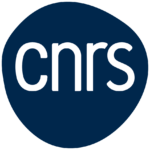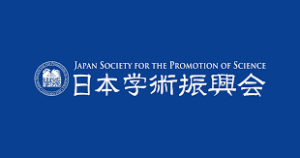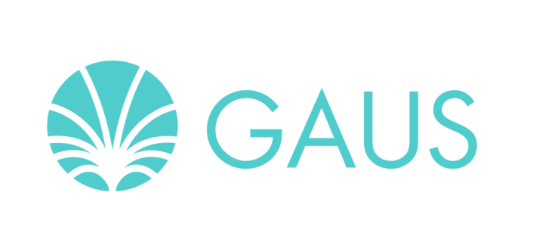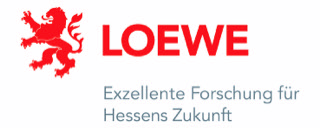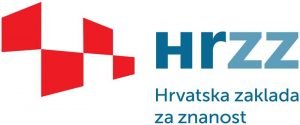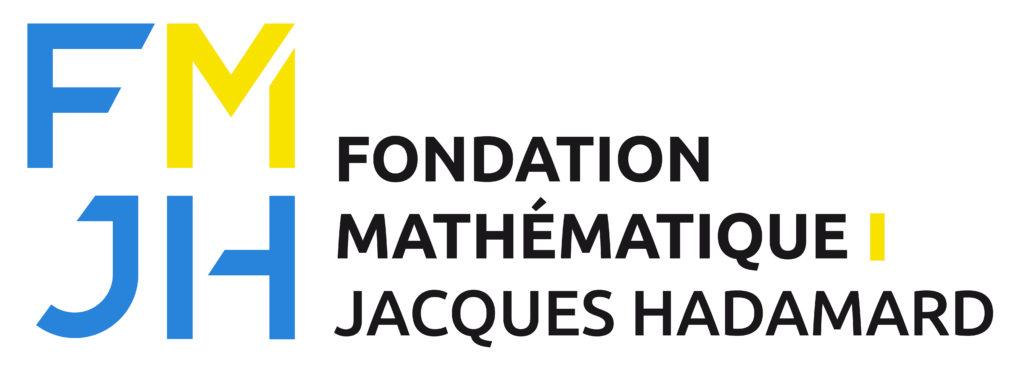Scientific Committee
Comité scientifique
Kathrin Bringmann (University of Cologne)
Dennis Gaitsgory (Max Planck Institute for Mathematics)
Victor Kac (MIT)
Organizing Committee
Comité d’organisation
Drazen Adamovic (University of Zagreb)
Tomoyuki Arakawa (Kyoto University)
Anne Moreau (Université Paris-Saclay)
Nils Scheithauer (Technical University of Darmstadt)

IMPORTANT WARNING: Scam / Phishing / SMiShing ! Note that ill-intentioned people may be trying to contact some of participants by email or phone to get money and personal details, by pretending to be part of the staff of our conference center (CIRM). CIRM and the organizers will NEVER contact you by phone on this issue and will NEVER ask you to pay for accommodation/ board / possible registration fee in advance. Any due payment will be taken onsite at CIRM during your stay.
Trace functions relate vertex algebras and their modules to various types of automorphic forms, including modular forms for congruence subgroups, Jacobi forms and automorphic forms for orthogonal groups. This connection is an indispensable tool in both the structure and representation theory of vertex algebras. For example, the classification of holomorphic vertex operator algebras of central charge 24 can be deduced from the classification of the cusps of certain reflective modular varieties. One important question is to determine under what conditions the characters of modules of a vertex algebra are invariant under the modular group, and when an analogue of the Verlinde formula applies.
In cases where explicit constructions of vertex algebras and their modules are known, such properties can often be used to derive combinatorial identities such as the Rogers–Ramanujan identities and their generalizations. This makes vertex algebras an important tool in combinatorics.
At the conference we will present and discuss recent developments in the connection between vertex algebras, automorphic forms and combinatorics.
Les fonctions de trace relient les algèbres vertex et leurs modules à différents types de formes automorphes, notamment les formes modulaires pour les sous-groupes de congruence, les formes de Jacobi et les formes automorphes pour les groupes orthogonaux. Ce lien constitue un outil fondamental pour comprendre la structure et les représentations les algèbres vertex. Par exemple, la classification des algèbres d’opérateurs de vertex holomorphes de charge centrale 24 peut se déduire de la classification des formes cuspidales de certaines variétés modulaires réfléxives. Une question importante est de déterminer sous quelles conditions les caractères des modules d’une algèbre vertex sont invariants sous l’action du groupe modulaire, et quand un analogue de la formule de Verlinde s’applique.
Dans les cas où des constructions explicites d’algèbres vertex et de leurs modules sont connues, de telles propriétés peuvent souvent être utilisées pour établir des identités combinatoires telles que les identités de Rogers–Ramanujan et leurs généralisations. Cela fait des algèbres vertex un outil important en combinatoire.
Lors de la conférence, nous explorerons les développements récents sur le lien entre les algèbres vertex, les formes automorphes et la combinatoire.
SPEAKERS
Arkadi Bojko (Fudan University)
Alexis Bouthier (Sorbonne University)
Giulio Codogni (University of Rome Tor Vergata)
Thomas Creutzig (University of Erlangen-Nuremberg)
John Duncan (Academia Sinicia)
Chongying Dong (University of California Santa Cruz)
Angela Gibney (University of Pennsylvania)
Sergei Gukov (California Institute of Technology)
Victor Kac (Massachusetts Institute of Technology)
Christoph Keller (University of Arizona)
Ching Hung Lam (Academia Sinicia)
Toshiki Matsusaka (Kyushu University)
Antun Milas (University of Albany)
Yuto Moriwaki (RIKEN Center for Interdisciplinary Theoretical and Mathematical Sciences)
Shigenori Nakatsuka (University of Erlangen-Nuremberg)
Manuel Müller (Sapienza University of Rome)
Georg Oberdieck (University of Heidelberg)
Veronika Pedić Tomić (University of Zagreb)
Qing Wang (Xiamen University)
Matthias Storzer (University College Cork)
Katrin Wendland (Trinity College Dublin)
Yong-Chang Zhu (Hong Kong University of Science and Technology)


